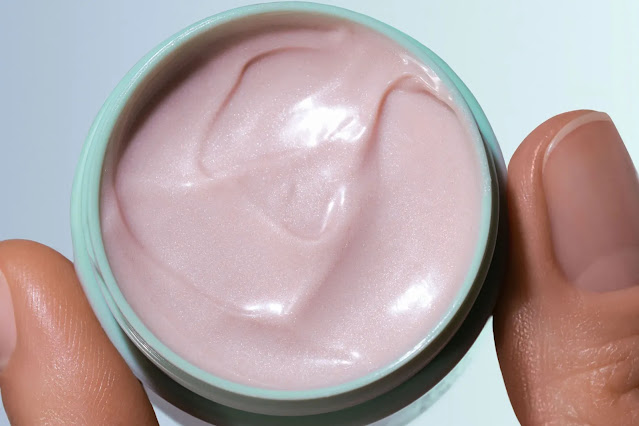
Paying more attention to the types of products you buy and how you ultimately dispose of them can do wonders for our environment (example: a plastic bottle takes nearly 450 years to decompose).
But that doesn’t make it any easier to see through the chaos. Similar to defining the differences between natural, organic, and clean beauty, many terms in the sustainability world may seem the same but are also very, very different.
If you can't tell them apart, good intentions may be in vain. We often see terms like “recyclable”, “biodegradable” and “compostable” on packaging and assume they are good for the environment.
But what do these terms actually mean and how to deal with them correctly? Keep scrolling for our handy guide. Recyclable. Perhaps the most widely recognized of the three processes is recycling.
It breaks down items that would otherwise be thrown in the trash into reusable items and creates something new from their materials. Note: Recyclable products are not the same as products made from recycled materials, although both are acceptable.
Most of us have been taught since childhood to throw paper, glass, cardboard, aluminum and plastic into the recycling bin instead of the trash, but it turns out it's a little more complicated than that.
What to do: Learn what is recyclable. Before recycling, it's not enough to just check if an item is marked with the universal recycling symbol (which looks like three folded arrows forming a triangle). This is because recycling guidelines are unique to the area where you live. Items that are recyclable in one area may be considered trash in the next.
Always keep in mind what items your city accepts. While guessing whether something will be accepted may not seem like a big deal, throwing items in the recycling bin that can't truly be recycled can contaminate the entire batch and cause other, fully recyclable items to be dumped directly in the bin. landfill.
Rinse thoroughly. Always rinse recyclable items before throwing them in the trash. Remaining residue can become a breeding ground for bacteria, compromising the quality of the material (and other materials in the container) and ultimately rendering it unusable.
No need to whip out the soap and sponge, a quick rinse with water is enough (and you can skip drying). 1. Reduce and reuse. It’s always best to reduce waste first. So whenever possible, reduce the number of disposable items you buy and try to find other uses for them before throwing them away.
This is especially true for plastic items; while (most) glass and aluminum can be recycled indefinitely, plastic has a shorter lifespan and will eventually become unusable. Most of our skincare range is recyclable. Check out our guide on how to recycle your beauty products.
Biodegradable. The definition of "biodegradable" means that an object "can be broken down into harmless products by the action of living organisms, such as microorganisms." Basically, biodegradable things break down naturally in the earth. For example, cotton, bamboo and paper are biodegradable, but most plastic bottles are not.
A word of caution: Products labeled biodegradable are supposed to break down within a "reasonable amount of time," but there are no exact guidelines for how long this takes.
Conditions must also be primary; many biodegradable products that end up in landfills may not decompose properly due to a lack of air and light to aid the decomposition process. Finally, biodegradable items are not necessarily beneficial if they break down on the earth.
Otherwise, they may release methane, a greenhouse gas, into the atmosphere as they break down. If so, these items are considered compostable. what to do: If a product is labeled biodegradable, you should first determine if it is also compostable (more information below). If not, throw it in the trash as usual.
Compostable: As mentioned before, compostable items are also biodegradable (but not everything that is biodegradable is compostable). The main difference is that compostable items generally break down faster than biodegradable items (usually 90-120 days), and their degradation has a positive impact on the earth's soil.
what to do:
Composting waste is one of the most environmentally friendly ways to dispose of waste because it leaves behind no harmful toxins and creates a substance called humus – a nutrient-rich soil that’s good for the planet.
Banana peels, pet food, dryer lint, and yard waste (such as grass clippings and leaves) are some common compostable items. You can compost this type of waste at home (the EPA has a helpful guide ), but unless the product states it's suitable for home composting, you should take it to a commercial facility.

Post a Comment